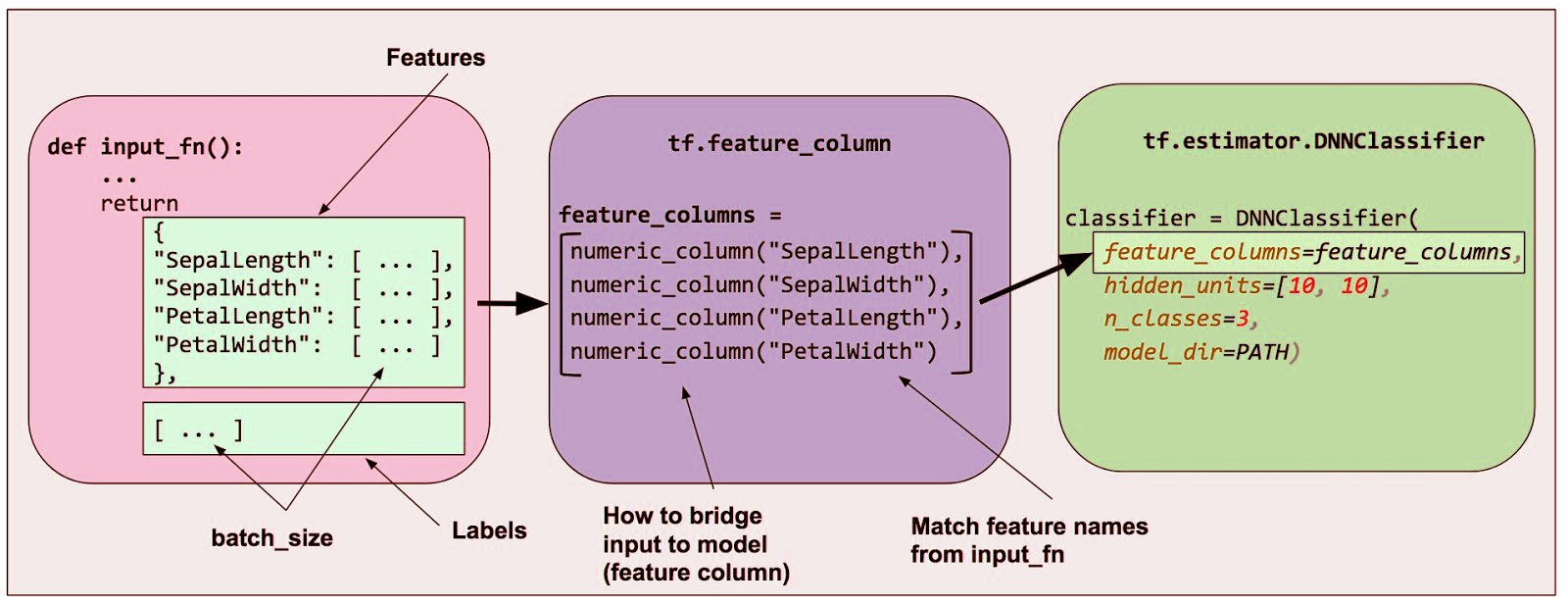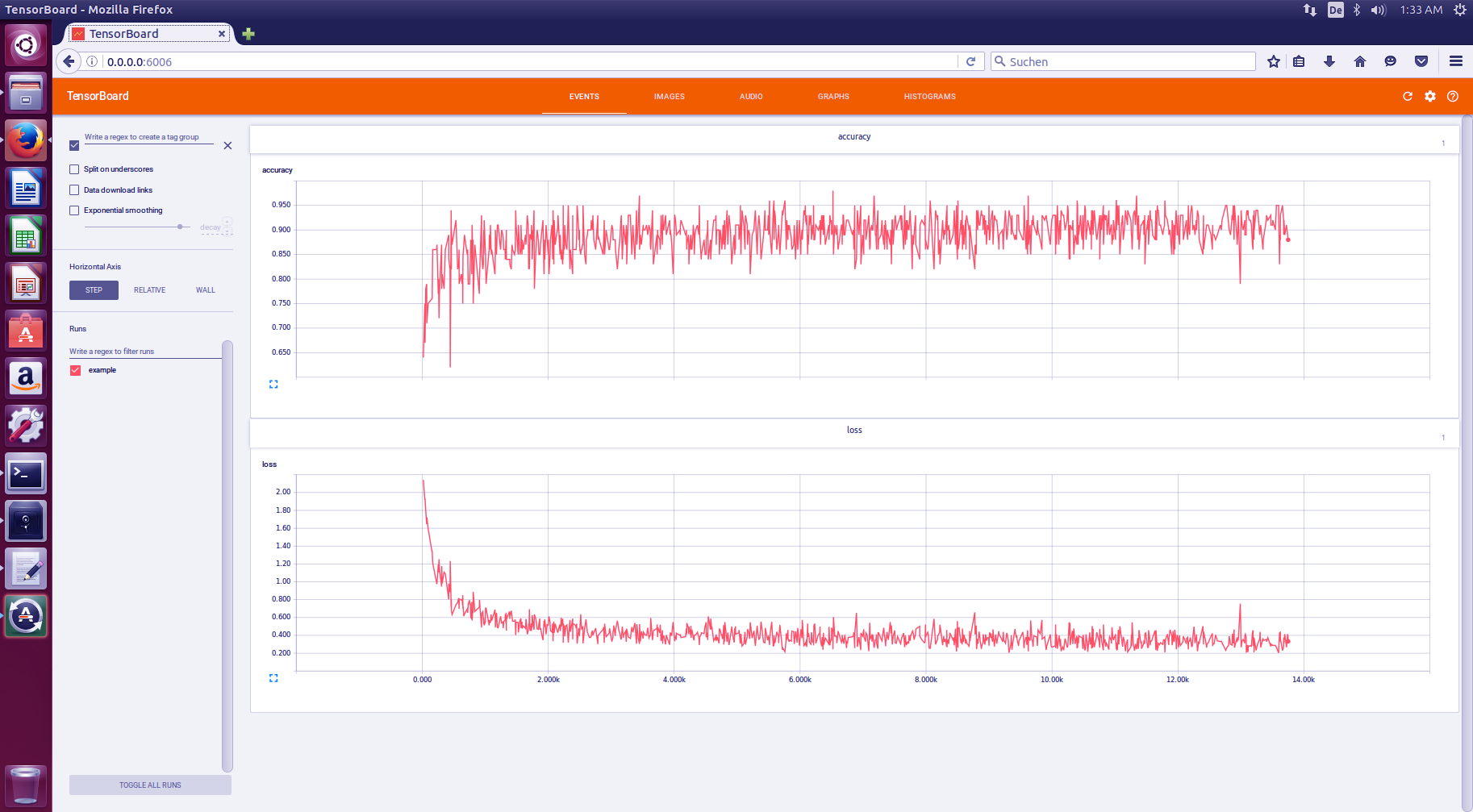TensorFlow Features | Why TensorFlow Is So Popular
Free TensorFlow course with real-time projects Start Now!!
Today, in this TensorFlow Tutorial, we will see TensorFlow Features. Also, these Features of TesnsorFlow will tell us about the popularity of TensorFlow. Moreover, we will see what TensorFlow offers and how it stands apart from the other machine learning libraries in the field.
So, TensorFlow gives us an interactive multiplatform programming interface which is scalable and much stable when compared to other deep learning libraries available, which are still very experimental.
So, let’s start TensorFlow Features.
Features of Tensorflow
Below, we are discussing some important TensorFlow Features:
a. Responsive Construct
With TensorFlow we can easily visualize each and every part of the graph which is not an option while using Numpy or SciKit.
b. Flexible
One of the very important Tensorflow Features is that it is flexible in its operability, meaning it has modularity and the parts of it which you want to make standalone, it offers you that option.
c. Easily Trainable
It is easily trainable on CPU as well as GPU for distributed computing.
d. Parallel Neural Network Training
TensorFlow offers pipelining in the sense that you can train multiple neural networks and multiple GPUs which makes the models very efficient on large-scale systems.
e. Large Community
Needless to say, if it has been developed by Google, there already is a large team of software engineers who work on stability improvements continuously.
f. Open Source
- The best thing about this machine learning library is that it is open source so anyone can use it as long as they have internet connectivity.
- So, people manipulate the library in ways unimaginable and come up with an amazing variety of useful products, it has become another DIY community which has a huge forum for people getting started with it and for those who find it hard to use it or to get help with their work.
g. Feature Columns
- Tensorflow has feature columns that could be thought of as intermediaries between raw data and estimators, therefore, bridging input data with your model.
The figure above describes how the feature column is implemented.
h. Availability of Statistical Distributions
- The library provides distribution functions including Bernoulli, Beta, Chi2, Uniform, Gamma, which are important especially while considering probabilistic approaches such as Bayesian models.
i. Layered Components
- TensorFlow includes functions like tf.contrib.layers that produce layered operations of weights and biases and also provide batch normalization, convolution layer, dropout layer, etc.
- So tf.contrib.layers.optimizers has optimizers such as Adagrad, SGD, Momentum which are often used to solve optimization problems for numerical analysis, it provides initializers with tf.contrib.layers.initializers used to maintain the gradient scale.
This type of TensorFlow Features makes it what it is today.
j. Visualizer (with TensorBoard)
- With TensorBoard you can inspect a totally different representation of a model and make the changed necessary while debugging it.
k. Event Logger (with TensorBoard)
- So, just like UNIX, where you use tail –f <log_file > to monitor the output of tasks at the cmd and do quick checks, logging events in Tensorflow allows doing the same by logging events and summaries from the graph and the output over time with TensorBoard.
So, this was all on Tensorflow features. Hope you like our explanation.
Conclusion
Hence, we saw there is a gamut of Tensorflow Features and it is one of the reasons behind its success. So, we looked into what TensorFlow is, and popularity of TensorFlow.
Also, we learned TensorFlow features with the help of diagram and example. Next up will be the pros and cons of TensorFlow along with an easy to follow installation guide. Furthermore, if you have any query, ask in the comment tab.
Did we exceed your expectations?
If Yes, share your valuable feedback on Google





